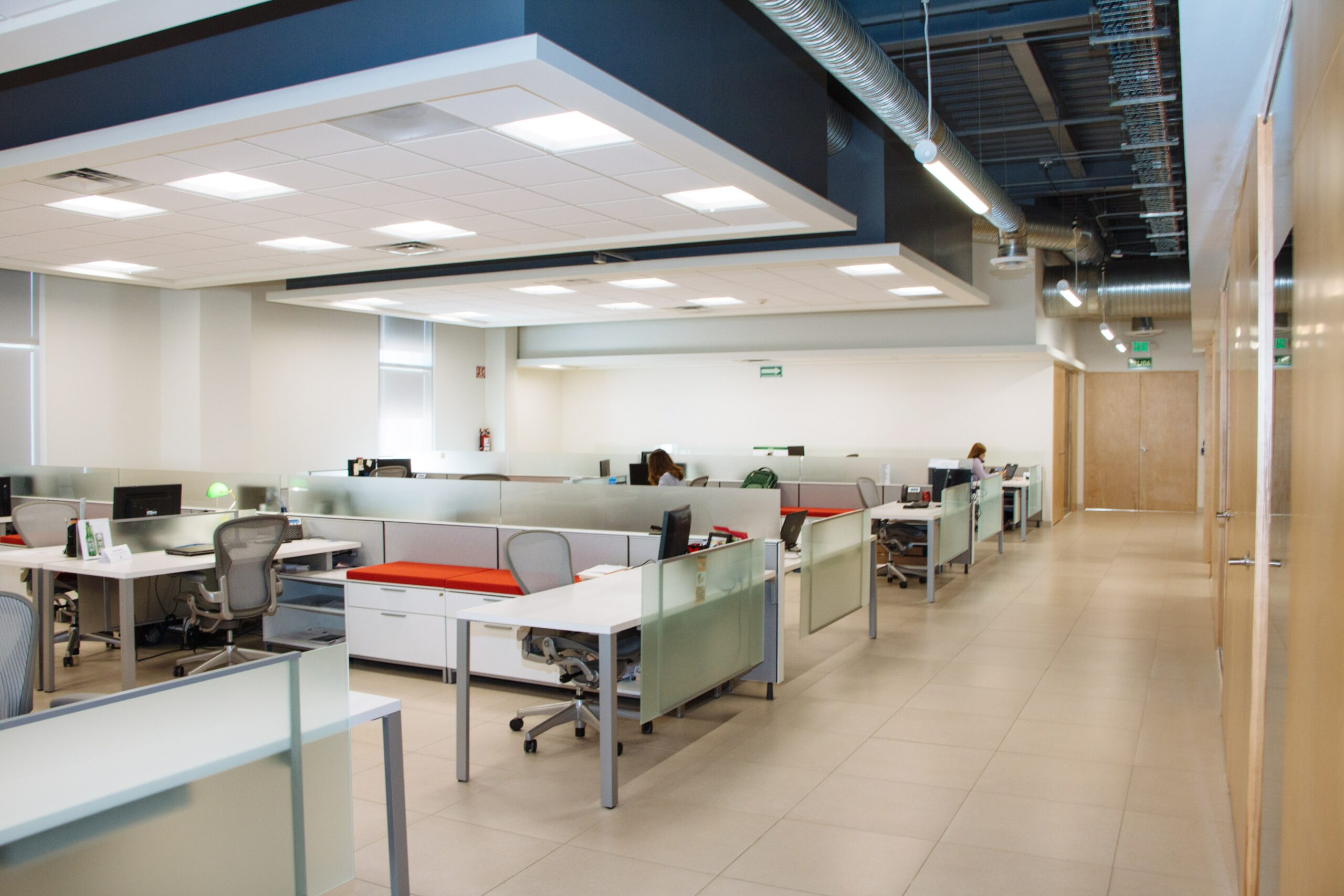Relocating an office is a huge undertaking that can disrupt day-to-day operations. It’s important to plan carefully and allow plenty of time for the move, but you may not have that luxury in some cases. If you’re forced to move while continuing to work, it’s critical to stay organized and minimize disruptions as much as possible. Here are some tips on how to organize an office move while continuously working:
1. Designate a Point Person
The first thing to do when planning the move is to determine who will be in charge. Moving requires coordinating many different people and tasks, so it’s important to have one person who can be the central point of contact. This will help ensure that everyone is on the same page and knows what needs to be done. An office move also ties into the company’s brand image and impacts budgets and productivity levels. So, it makes sense that who is in charge should be made at the highest level possible.
2. Minimize Disruptions
One of the most important things to do when moving an office while continuing to work is to minimize disruptions. This means keeping communication lines open, being flexible with the timeline, and having a backup plan in place in case something goes wrong.
One of the best ways to minimize disruptions is to enhance internal security posture while improving productivity. You can check out this website to have professionals providing secure remote access to critical systems and data. It’s also important to provide employees with the resources they need to stay productive during the move. This includes things like extra computer monitors, printers, and office supplies.
3. Assess Employee Needs and Wants
Once you have a point person in charge, they should start assessing the needs and wants of employees. This includes everything from what type of desks they need to how much storage they require. It’s essential to get input from employees early on so that their needs can be considered when planning the new office layout.

Staff should be surveyed about what they liked and didn’t like about the old office space. This will give you a good starting point for improving the new space. They may also have special requests, such as more natural light or dedicated quiet space.
4. Develop a Floor Plan
Once you have an idea of what employees need and want, you can develop a floor plan for the new office. This is where the input from employees will be critical in making sure that the space meets their needs. The floor plan should also consider the type of work done in the office and any special equipment that may be needed. Considerations when developing the floor plan include:
- The type of work that will be done in each area
- The number of people who will need to use each area
- Traffic patterns and flow
- Natural light and views
5. Create a Moving Timeline
Once the floor plan is finalized, it’s time to create a moving timeline. This timeline should consider all the tasks that need to be completed, such as packing up the old office, moving furniture and equipment, and setting up the new space. It’s essential to allow plenty of time for each task so that nothing is rushed or forgotten. The timeline should also include buffer time if there are any delays or unforeseen problems.
6. Make a Master Plan
A master plan is a document that outlines all the move details. That includes who is responsible for each task, when it needs to be completed, and the budget. This plan should be created by the point person and approved by management.
Once the master plan is in place, it’s time to start working on the details. This includes reserving moving trucks, hiring movers, ordering packing supplies, and scheduling time off for employees.
Logistical considerations like these are critical to a successful move, so it’s essential to take care of them as early as possible.
7. Stay Organized
Throughout the entire process, it’s crucial to stay organized. This includes keeping track of all the tasks that need to be completed, maintaining communication with everyone involved in the move, and staying within the budget. It’s also important to be flexible and willing to adjust the plan. Things will inevitably come up that you didn’t anticipate, so it’s crucial to be able to roll with the punches and make changes as necessary.
Organizing an office move while continuing to work can be a challenge, but it’s essential to take the time to plan and prepare for it. By following these tips, you can make sure that the move goes smoothly and that your business can continue to operate without interruption.
